Restaurant Properties Back on the Menu for Net Lease Investors
By Reed Hudson, Stan Johnson Co.
While some caution still lingers with respect to the restaurant industry, signs of optimism among net lease investors who are increasingly pursuing these properties, including sale-leaseback transactions, are evident.
By Reed Hudson, Associate Director, Stan Johnson Co.
While some caution still lingers with respect to the restaurant industry, signs of optimism among net lease investors who are increasingly pursuing these properties, including sale-leaseback transactions, are evident.
At Stan Johnson Co., what we are experiencing in today’s marketplace is not only a definite market for restaurant sale-leasebacks, but a market that is considerably more attractive today than it was even just 12 months ago, in terms of stronger investor appetite for those properties (both corporate and franchisee) and stronger property values.
If anything, the greatest challenge to deals coming to fruition right now is not a lack of buyers, but rather a lack of supply for sale. This can likely be attributed to two factors. One, growth and expansion have understandably been tempered over the last few years. And two, restaurant owner/operators – perhaps believing they are still in the market environment that existed previously, when there was very little demand for these assets – are underestimating the strength of the investment market today.
Certainly, investors today are more cautious and are conducting more thorough due diligence than they might have just a few years ago. First in importance to today’s buyer is a familiarity and comfort level with the restaurant brand and concept itself. We see the strongest demand for well-known national names such as Burger King, Kentucky Fried Chicken, Pizza Hut and Wendy’s. In particular, Burger King properties are seeing fairly aggressive cap rates, ranging from 7.75 percent up to 8.5 percent; those same properties 12 to 24 months ago would have been priced at cap rates starting closer to 9 percent. Meanwhile, with less name recognition and brand awareness, regional names can admittedly be more challenging, though these too have their sweet spots with certain buyer groups. We have seen strong demand among West Coast investors for Carl’s Jr. properties, for instance, and also find more generally that investors willing to take on additional risk in order to achieve a higher return are more likely to look to these regional concepts for acquisition targets.
In addition, when it comes to franchisee tenants, investors today are keenly focused on understanding the operators, their financials and their experience, including how long they have been a franchisee and how long they have been working with the current franchisor and restaurant concept. Investors want to see positive leverage and a significant net worth.
Likewise, the strength of the real estate is of critical importance, as are the particular lease terms – the proverbial return to fundamentals. Most investors these days are looking for absolute triple-net leases of 15 to 20 years in length, and rent increases that range from a minimum of 1 percent annual bumps to a more ideal 10 percent bump every five years. Today’s restaurant property investor is also demanding a rent-to-sales ratio that is not inflated (generally, in the 6-8 percent range), unlike several years ago, when these ratios were getting out of line in operators’ efforts to maximize the values of properties being sold in sale-leasebacks.
We are cognizant of the fact that many folks still feel uncertain about the future, and are particularly cautious about the next two years, which is tempering new growth and expansion in the short term. There’s no question restaurants took a hit during the recession, as the consumer reined in on discretionary spending.
An improving economy and an improving commercial real estate market bode well for both buyers and sellers. For the net-leased restaurant property investment market in particular, we think investment activity, which is already on the uptick, is only going to gain increased momentum this year.


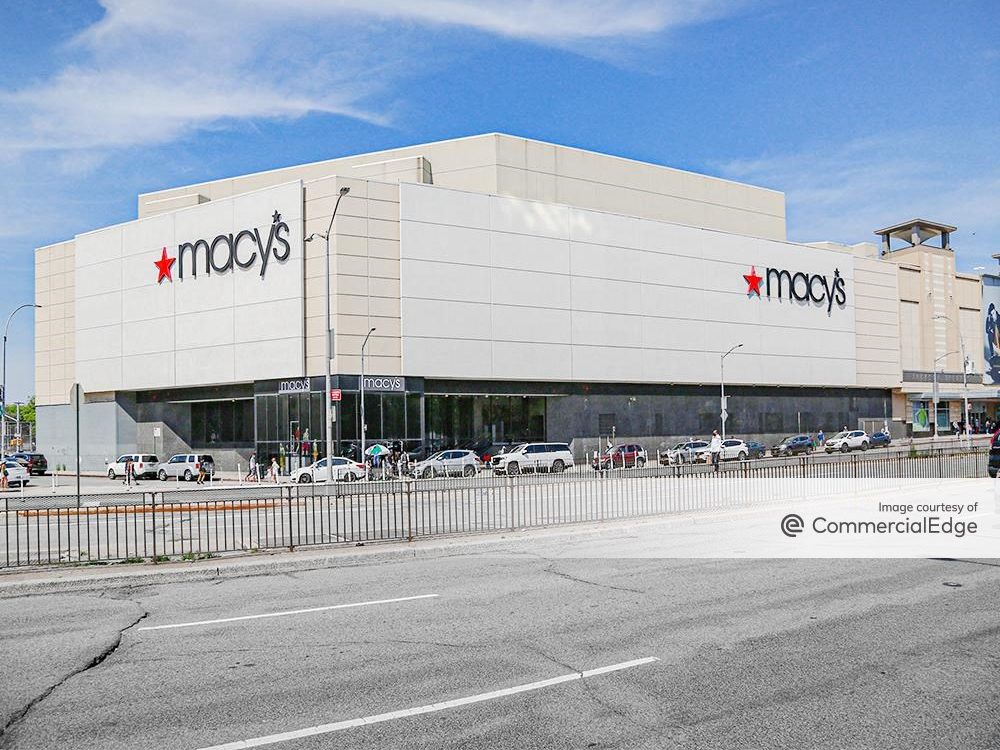
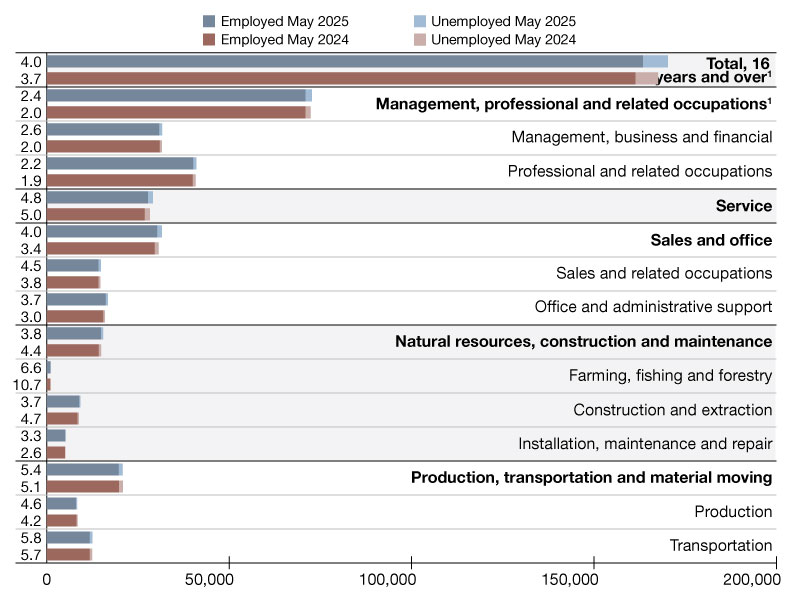
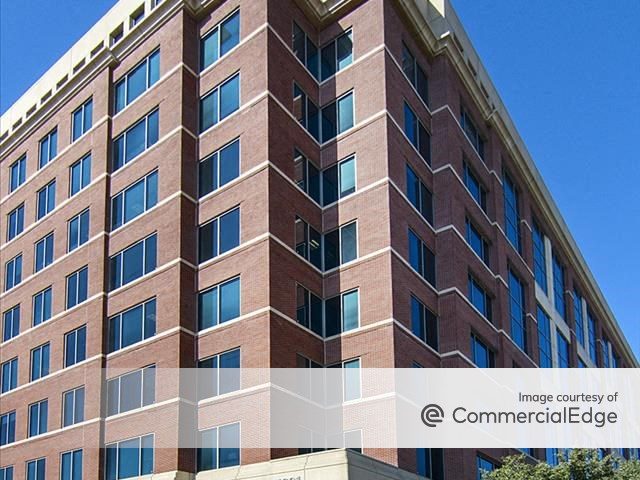
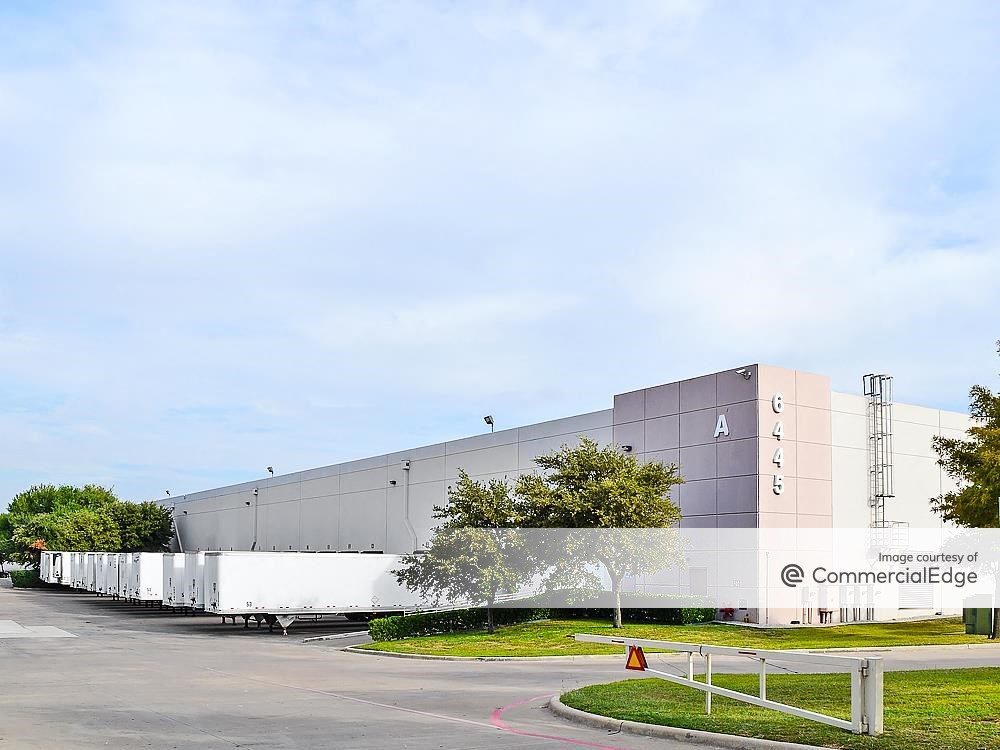
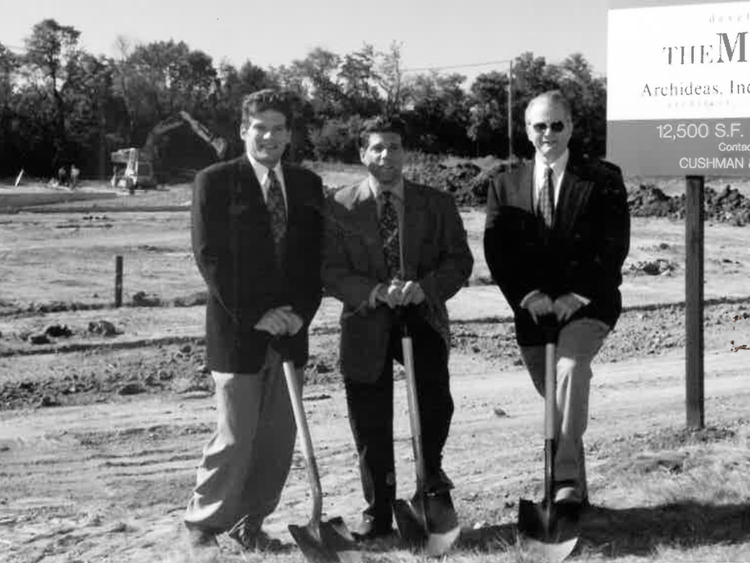

You must be logged in to post a comment.